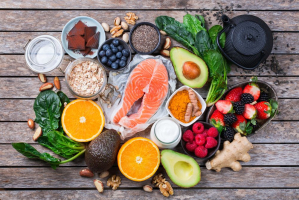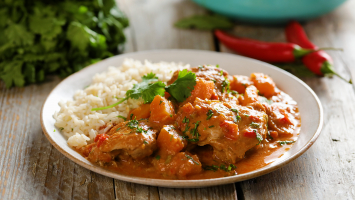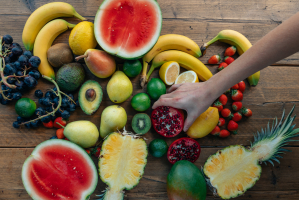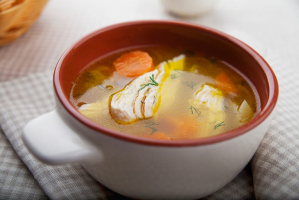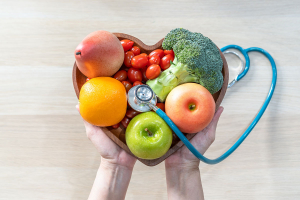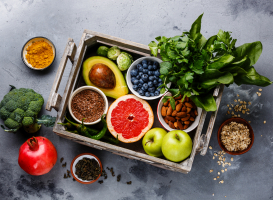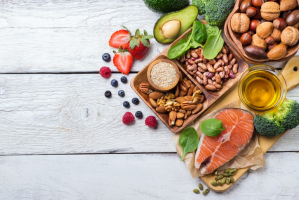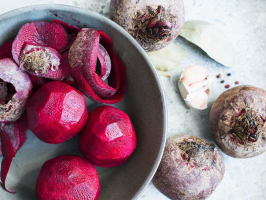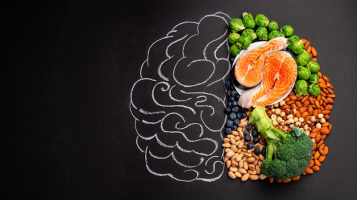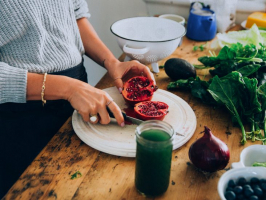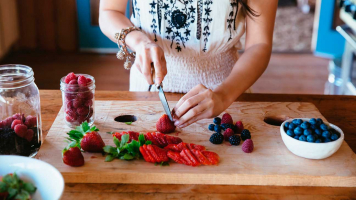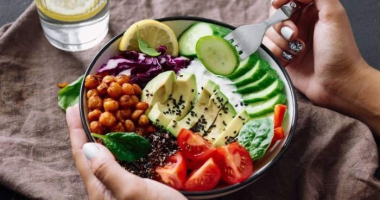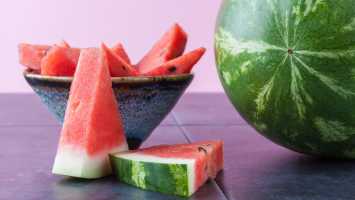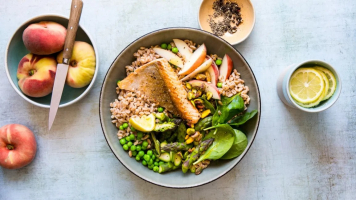Top 9 Best Foods to Fight Hemorrhoids
The agony, discomfort, bleeding, and extreme itching associated with hemorrhoids are frequently enough to drive you insane. These dilated or enlarged veins in ... read more...the anus and lower sections of the rectum, often known as piles, can clot or swell if left untreated, potentially necessitating surgery. Fortunately, certain foods can help relieve symptoms and possibly prevent piles from forming in the first place. Here are the best foods for hemorrhoids.
-
One important rule of thumb to follow while attempting to avoid or prevent pile flare-ups is to consume adequate fiber. Food contains two forms of fiber: soluble and insoluble fiber. Insoluble fiber helps bulk up your stool whereas soluble fiber creates a gel in your digestive tract and may be digested by friendly microorganisms. Both are required to support intestinal health. The edible seeds of plants of the Fabaceae family are known as legumes. Beans, lentils, peas, soybeans, peanuts, and chickpeas are among them.
They're high in both types of fiber, but primarily soluble fiber. 1 cup (198 grams) of cooked lentils, for example, has roughly 16 grams of fiber. That's around half of the daily fiber recommendation. Most individuals should consume 21-38 grams per day, however, this varies according to age and gender. Lentils and other legumes help bulk up your stool, reducing the likelihood of straining while going to the bathroom. This can help prevent or alleviate hemorrhoids.
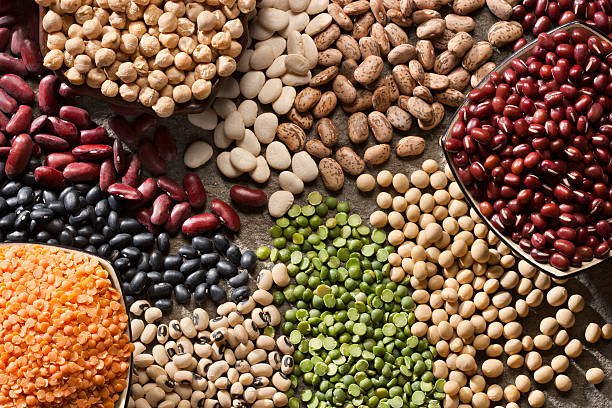
Legumes 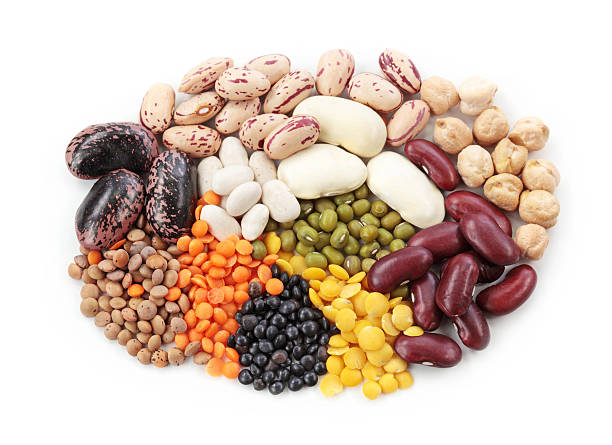
Legumes -
Whole grains, like legumes, are nutritious powerhouses. This is due to the fact that they maintain their germ, bran, and endosperm, all of which include important components such as fiber. Whole grains are particularly high in soluble fiber. This aids digestion, which can help alleviate the pain and suffering associated with piles. Remember that whole grains are more than just hearty whole-wheat flour and bread. While these are all wonderful choices, other grains in this category include barley, maize, spelled, quinoa, brown rice, whole rye, and oats.
When attempting to lessen piles symptoms, oatmeal is an excellent food to add to your diet. It includes beta-glucan, a kind of soluble fiber that improves your gut microbiota by serving as a prebiotic. Prebiotics feed the beneficial microorganisms in your intestines. Keep in mind while buying oatmeal that steel-cut oats take longer to cook but are less processed. They have a chewier texture and roughly 5 grams of fiber per 1/4-cup (40-gram) serving of dry oats, compared to 4 grams for quick-cook or rolled oats.
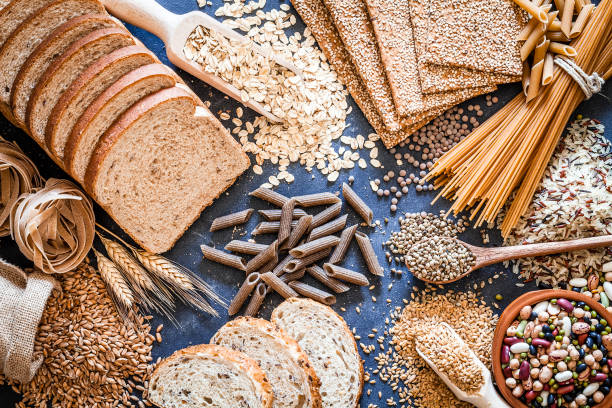
Whole grains 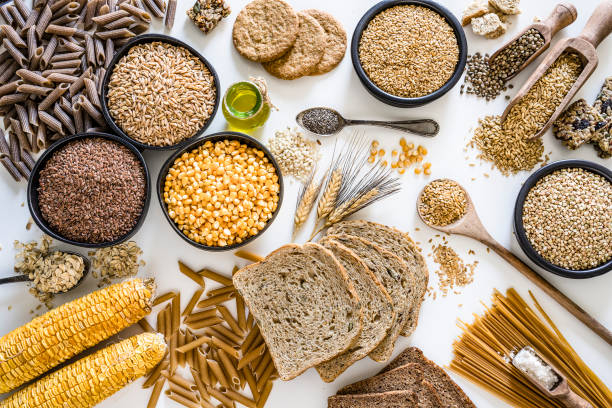
Whole grains -
Broccoli, cauliflower, Brussels sprouts, arugula, bok choy, kale, radishes, turnips, and cabbage are examples of cruciferous vegetables. While they are most recognized for their anticancer qualities, they also provide a significant quantity of insoluble fiber. 1 cup (76 grams) of raw broccoli, for example, has around 2 grams of dietary fiber, all of which is insoluble. This helps to bulk out your stools while also keeping you regular. Furthermore, cruciferous veggies include glucosinolate, a plant component that your gut flora may break down.
One research of 17 people discovered that increasing the cruciferous vegetable diet by 6.4 grams per pound (14 grams per kg) of body weight varied their gut microbiota after 2 weeks. Gut bacteria diversity has been related to a more robust gastrointestinal tract as well as better immunity. Because of this, as well as their insoluble fiber content, cruciferous vegetables are an excellent choice for avoiding piles.
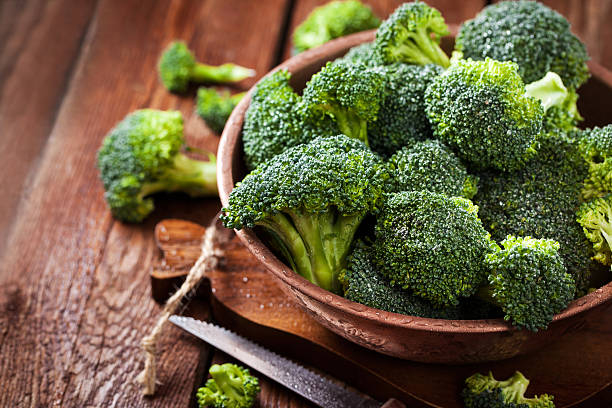
Broccoli and other cruciferous vegetables 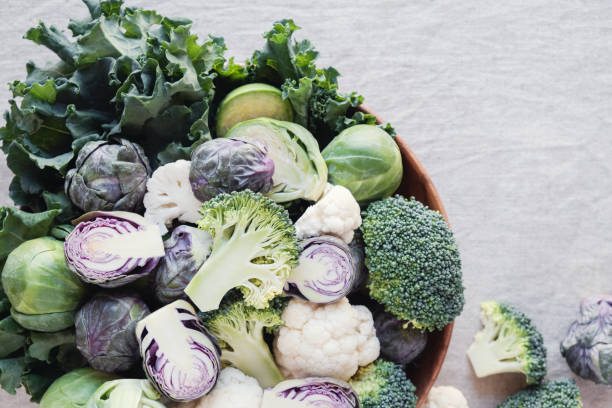
Broccoli and other cruciferous vegetables -
Sweet potatoes, turnips, beets, rutabagas, carrots, and potatoes are substantial and nutritious root vegetables. They're high in gut-healthy fiber, with 3-5 grams per serving. When it comes to tubers, remember that majority of their fiber is stored in the skin, so leave it on when eating them. Furthermore, boiled and cooled white potatoes contain resistant starch, a kind of carbohydrate that passes through your digestive tract undigested. It, like soluble fiber, aids in the feeding of your beneficial gut flora.
Because it relieves constipation, it may help with piles symptoms. Roasting, steaming, sautéing, or boiling root vegetables with their skin on is the best method to integrate them into your diet. They're also deliciously mashed, or chopped up and baked skin-on as a replacement for fries.
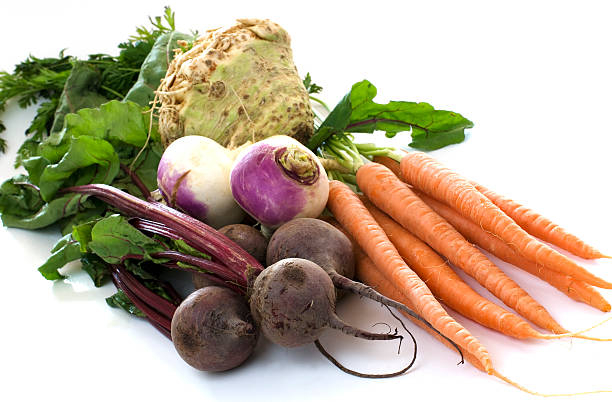
Root vegetables 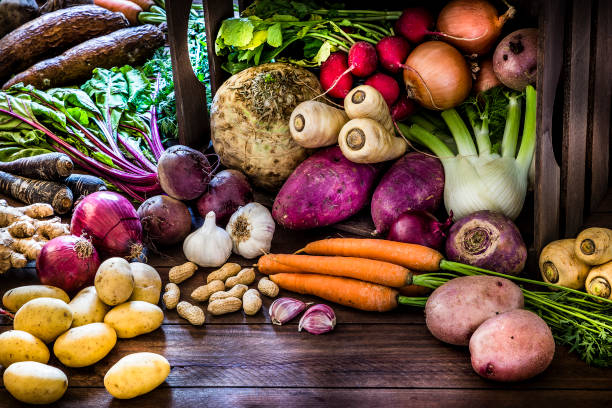
Root vegetables -
Artichokes are high in fiber, with a raw medium-sized one (128 grams) containing around 7 grams of this nutrient. The fiber in artichokes, like that of many other fiber-rich foods, helps nourish the friendly bacteria in your stomach. Inulin, a form of soluble fiber found in artichokes, was found to boost the number of good gut bacteria such as Bifidobacteria and Lactobacilli in two human investigations. By keeping your stomach healthy and regular, you may be able to avoid the start of piles or reduce their symptoms.
Bell pepper is another excellent veggie for piles. Each cup (92 g) of sliced mild peppers has roughly 2 g of fiber. While not as fibrous as some of the other vegetables on this list, bell peppers are extremely hydrating, having a 93% water content. This, together with fiber, makes your feces easier to pass and reduces straining.
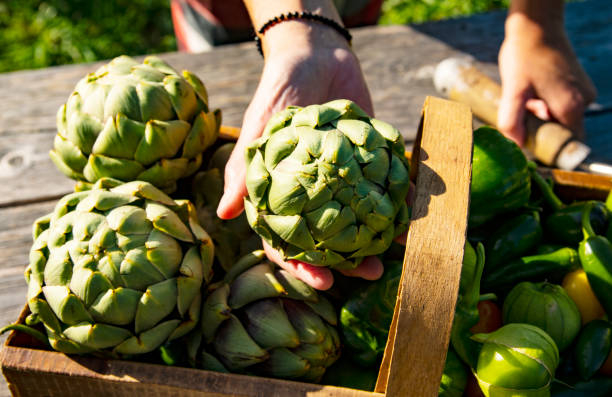
Artichokes or bell peppers 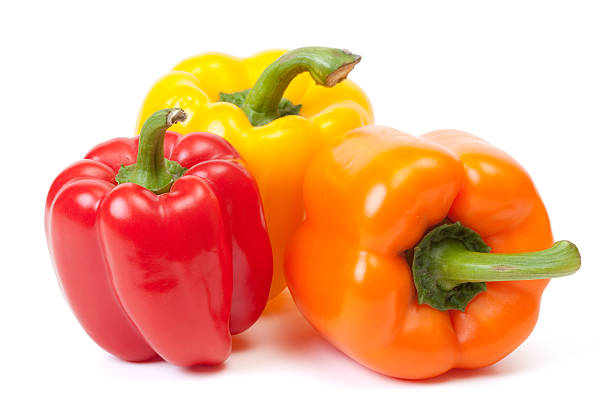
Artichokes or bell peppers -
Squash adds color and fiber to your dinner plate from summer to winter. Yellow squash, zucchini, acorn squash, butternut squash, and pumpkin are among the various types. Acorn squash is the most fibrous of the group, with 9 grams of this hemorrhoid-fighting vitamin in every cup (205 grams) of roasted cubes. Squash may be roasted, sautéed, or cooked to help keep your digestive tract moving and prevent piles.
Celery, like bell peppers, has a lot of water and fiber. This softens your feces, reducing the need to strain. One big, 11-12-inch (28-31-cm) stalk contains 95% water and 1 gram of fiber. Add this crunchy vegetable to salads, soups, and stews, or dip the stalks in your favorite nut butter.
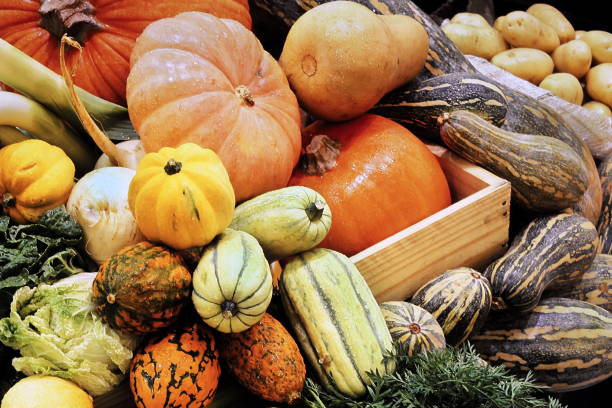
Squash or celery 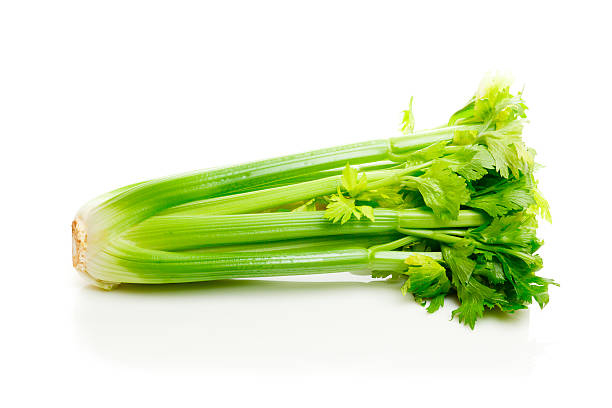
Squash or celery -
One medium pear has roughly 6 grams of fiber, which accounts for 22% of your daily fiber requirements. Eat this fruit with the peel on because it has a lot of piles-defying fiber. Pears are a great snack on their own, but they may also be cooked or tossed into soups or salads.
Apples, like pears, have a high fiber content. One medium apple, for example, has roughly 5 grams of fiber. Furthermore, some of this fiber is pectin, a soluble fiber that forms a gel-like substance in the digestive tract. This softens and bulks up your stool, minimizing straining and alleviating piles discomfort.
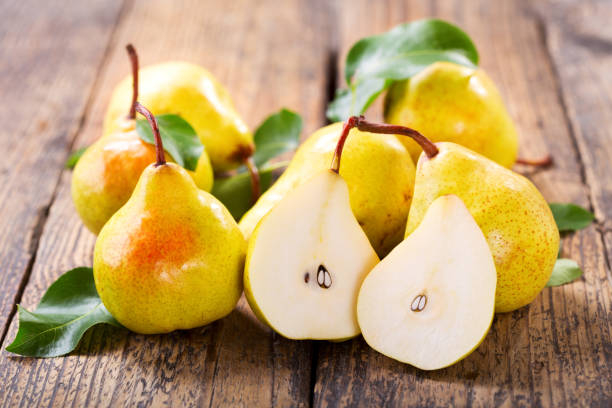
Pears 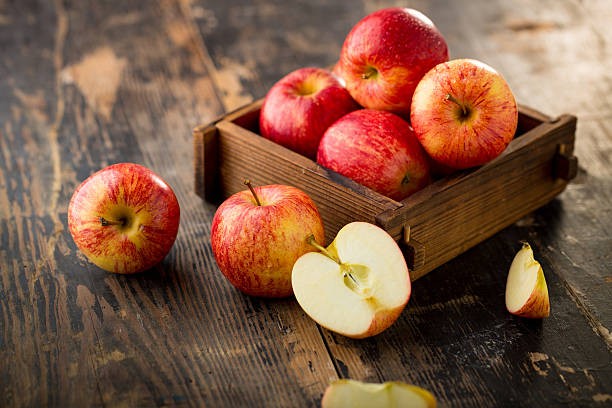
Apples -
While all berries are fibrous, raspberries stand out as a fiber powerhouse. Simply consume 1 cup (123 grams) of raw raspberries for 8 grams of fiber and 85% water content. These nutrients, when combined, will make it simpler to go to the toilet without straining.
Bananas, which contain both pectin and resistant starch, are an excellent fruit to include in your diet to alleviate piles symptoms. A medium, 7-8-inch (18-20-cm) banana has 3 grams of fiber. While its pectin forms a gel in your digestive tract, its resistant starch nourishes your beneficial gut flora - a winning combo for hemorrhoids.
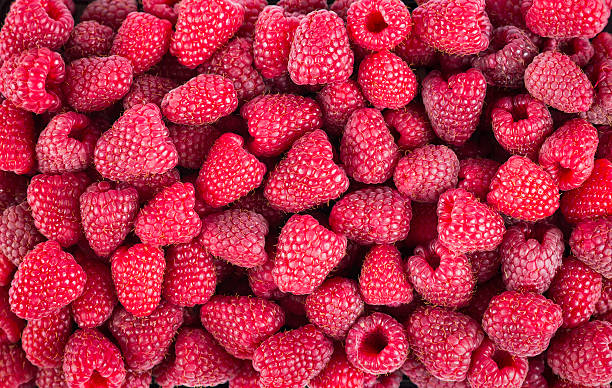
Raspberries 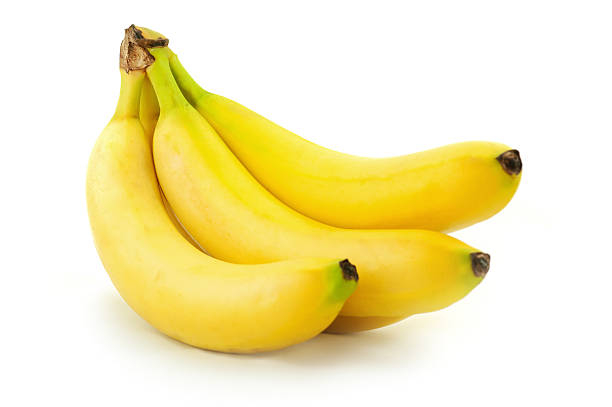
Bananas -
Prunes are said to be nature's laxative. According to research, consuming up to 10 prunes per day can improve the consistency of feces and digestive motility in persons who suffer from constipation. This is related to both fiber and sorbitol. Sorbitol is a sugar alcohol that your intestines struggle to break down. It attracts water into your digestive tract, softening stools and increasing your urge to pee. Stewed prunes hold more water. Simply cook dried prunes in filtered water for 10 minutes, or until mushy.
Cucumbers and melons are both members of the Cucurbitaceae family. They're tasty methods to get fiber and water into your digestive tract, much like bell peppers and celery. When eating cucumber, be sure to keep the skin on since this will ensure you receive the maximum fiber.
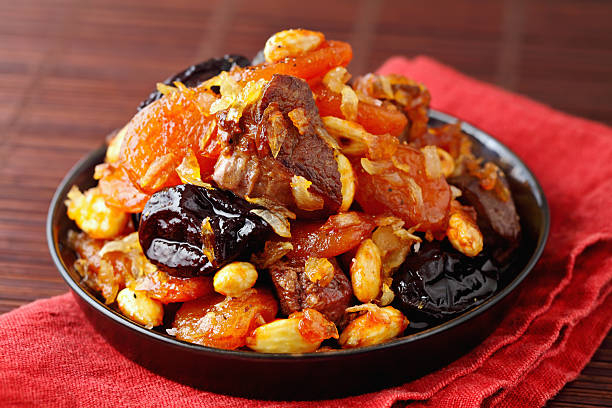
Stewed prunes 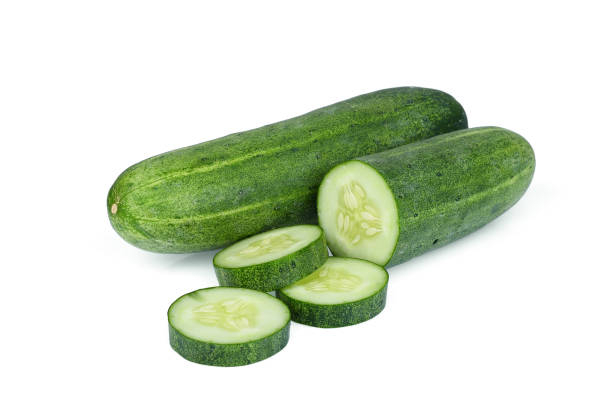
Cucumber











